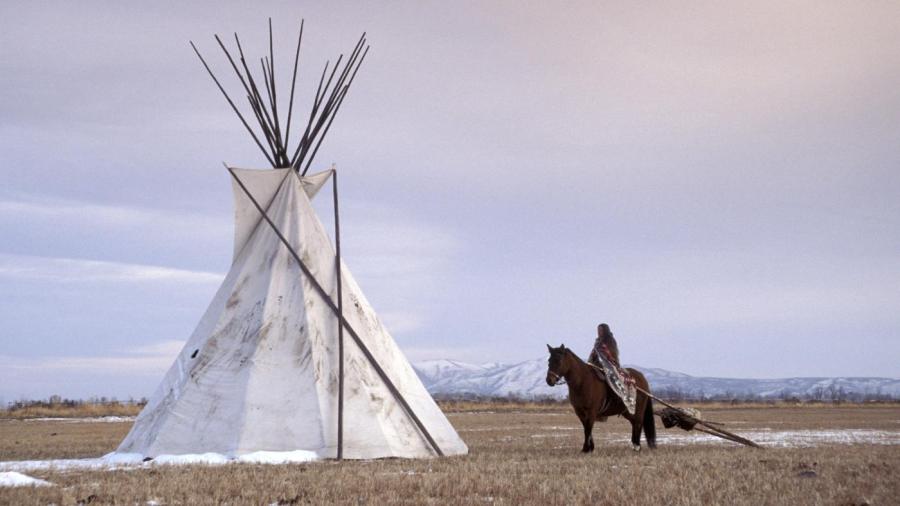Why Did the Plains Indians Live in Tepees?

Plains Indians lived in tepees — also known as teepees, tepes and tipis — because these dwellings were easy to move as the Native Americans followed herds of migrating buffalo, or bison. Because they depended upon the animals for food and goods, the Plains Indians led nomadic lives in order to maintain a constant supply of bison. Tepees were relatively simple to transport and set up.
The Plains Indians ate fresh bison meat and made dried jerky. They also used many parts of the buffalo to produce items necessary for daily life, such as clothing, weapons, buckets, glue, ropes and even tepees.
The frame of a tepee was made from many long poles tied together near the top. The wood came from trees such as lodgepole pines, yellow pines and cedars. Buffalo hides were originally used to cover the frame, but, as the animals became more scarce toward the end of the 19th century, canvas became more common. The cover stretched over the poles, and it was often held down along the bottom edge with stones or sod blocks. The finished tepee was cone-shaped, with smoke flaps covering the peak.
In most cases, women built, set-up, took down and repaired the tepees. However, any decorating was typically done by men. Decorations included geometric shapes and depictions of sacred animals, legends and battle scenes.





